Countryside and Cultivation—Fshat i KultivimitRegional Farming: A New Scale of CultivationKristina Kössler, Annina Schoop, and Joana Gogo

Agriculture and animal husbandry have traditionally been one of the most important sectors of economic development in Albania. Despite the replacement of workforce by new technologies and the rural exodus, these sectors remain the main source of income and employment opportunity in Albania, especially for the people in the Drino Valley, our study area. However, drastic land reforms undertaken in the last century have transformed agricultural land and the produce.
Before 1945 agricultural land ownership was dominated by the Ottoman land tenure system (ciflig). Only few families and individuals, representing 3 % of the population, actually owned land: 27 % total of the agricultural land surface. The plot sizes ranged from 2 to 2,000 ha. Between 1945 and 1990, due to the socialist Agrarian Reform Law, land was state-owned and managed by 420 cooperatives and state farms. The average plot size was around 25 ha. After 1990, the land was redistributed to around 489,000 families. In this way, the land is again more subdivided and reduced in size, with an average size of about 0.25 ha.
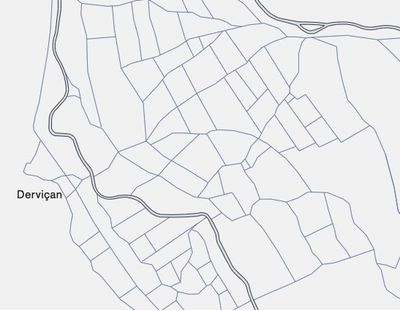
Pre-socialism (before 1945)
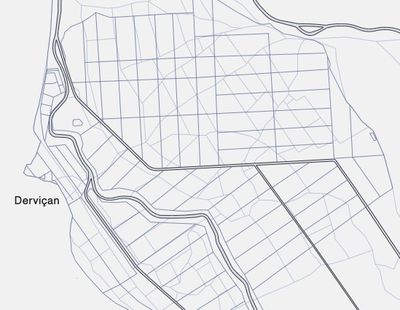
Socialism (1945–90)

Post-socialism (after 1990)
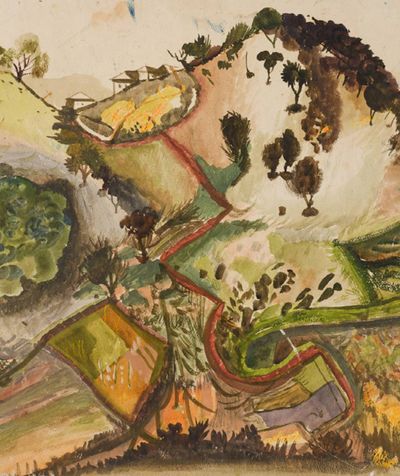
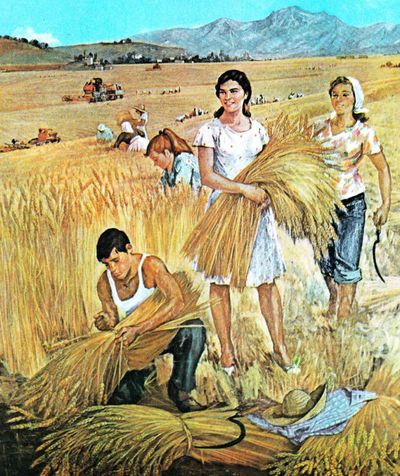
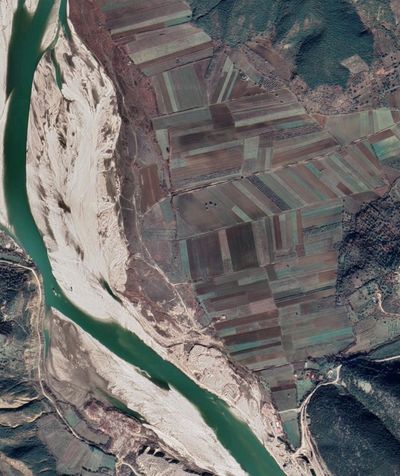
The reactions to the massive redistribution of land were diverse. Some pre-socialist land owners protested against it, because they claimed the land back entirely they had owned before 1945.
The fertility of the ground has a big impact on wether farmers cultivate the land or turn it into pastures. Usually, those fields located closer to villages are cultivated with labour-intensive crops like vegetables, those further away are cultivated with wheat or used as pastures for livestock.
Small agricultural parcels are beneficial for subsistence agriculture since the risk of loosing a year’s harvest is smaller. Also, diverse soil conditions encourage the cultivation of different crops. But living off the land is challenging, and many people emigrate in search of a job that pays.
Today, 23 % is the share of the agriculture sector of Albania’s GDP and 50 % of the Albanian population work in this sector. To join the EU, Albania had to standardise and enlarge productivity of agriculture. The consequences were that different models of mass production were introduced. Also through subsidising by European countries or by the EU itself, Albania is pushing farming to become an industry.
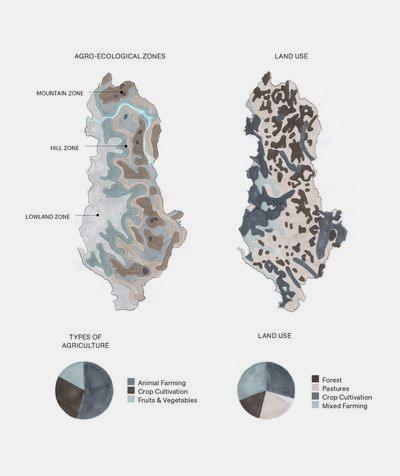
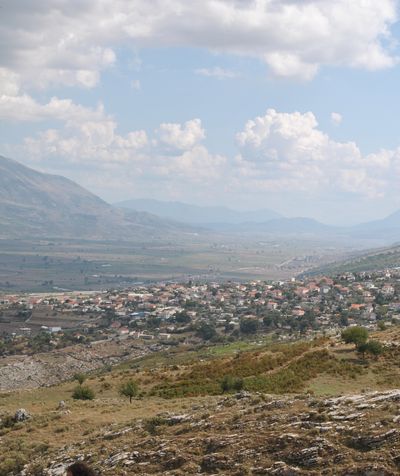
Sustaining Regional Farming
In examining three case studies, we found that the small lot sizes and often scattered parcels per owner posed several problems. Today, most of the farmers in the region of Gyrokstra and Permët are self-sufficient. The average size of a farm is around one hectare. In higher altitudes, the farm sizes become even smaller. The high percentage of fallow land, the lack of technology and infrastructure led to a lack of trust in the authorities, a high out-migration rate of young people and a general distrust in the future.
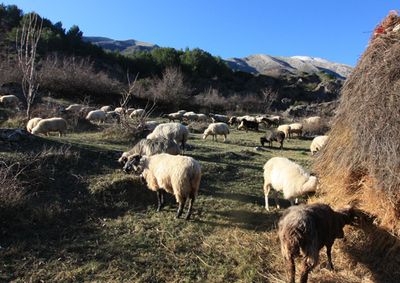
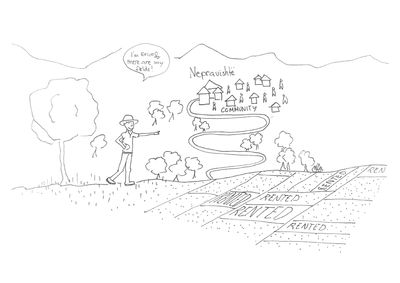
Emin Beqari is from a farmer family. He took the farm from his father. He studied finance and is running the farm from the distance. He is one of the biggest farmers with a farm size of 400 hectares. Most of his plots are leased from people who emigrated. He works together with other farmers by exchanging machinery. He owns five tractors and three other transportation vehicles.
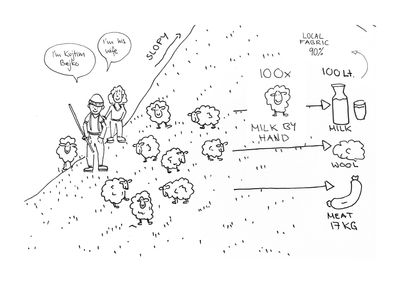
Bejko Kujtim has no future plan for his sheep flock. He owns 100 traditional sheep on the mountainous region of Përmet with his wife. He has no interest in increasing the size of the herd. His children left the region for a more promising future in the city.
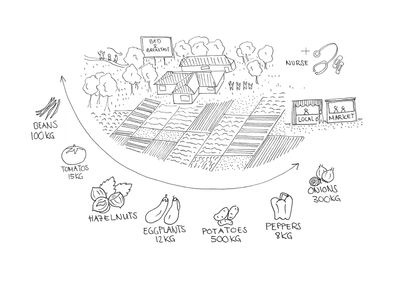
With his self-sufficient family farm, Sulejman Dalipi tries to generate additional income by selling surplus produce on the market. But without expanding their fields, the family cannot achieve their goals: The farm is 1.5 hectares and the fields are located around the house and are all worked by hand.
To make farming in Southern Albania more ecological and socially just, we suggest to introduce three approaches in today’s agricultural practices: the medium scale, collaboration and diversification.
THE MEDIUM SCALE
Agriculture in Southern Albania could benefit from enlarging the small family farms to a medium scale (between 20 to 50 hectares): abandoned land would decrease and on higher altitudes where the farm sizes are currently very small the farmer would be enabled to produce for self-sufficiency and beyond. These regions could lead the way in a future where agriculture is more regionally focused. The region of Gjirokastër and Permët can become a precedent not only for Albania but also for other countries in Europe.
COLLABORATION
New forms of collaboration and diversification can lead to the emancipation of farmers and their networks.
DIVERSIFICATION
The introduction of crop rotation plans such as planting onions to reduce the slug attack or using sheep to graze the leftovers after the yield and dung the field might lead to a good harvest without the use of chemical fertilisers or pesticides.



